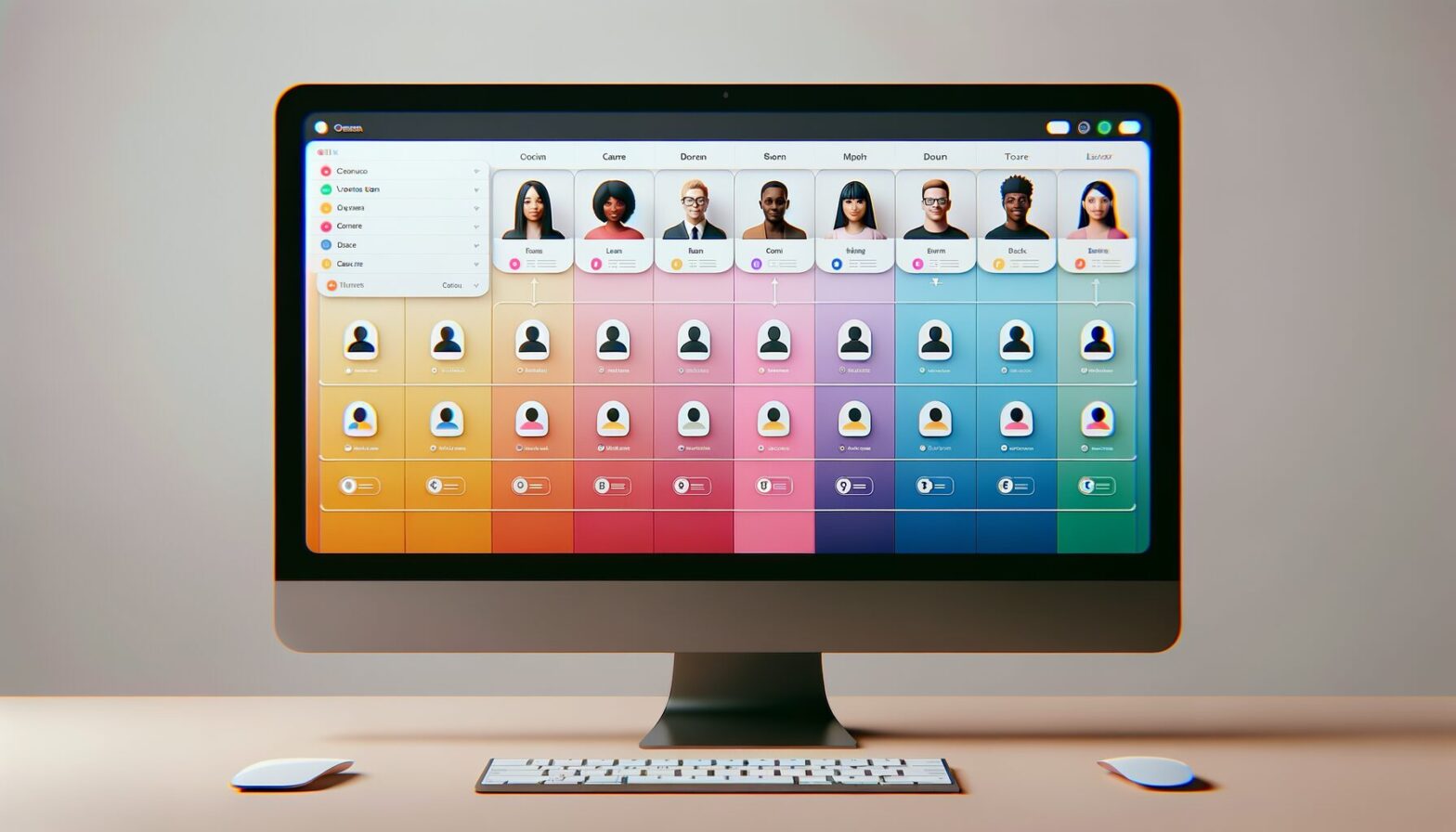The Rise of Online Team Planning Tools
Over the last decade, online team planning has transformed from a niche approach to a mainstream necessity for organisations worldwide. This shift is largely driven by the rise of remote and hybrid work models, which demand seamless coordination across different time zones and locations. Tools like Trello, Asana, and Monday.com have become household names, offering intuitive interfaces that simplify complex project management tasks. Their popularity stems not just from functionality but from how they make planning feel accessible and even enjoyable.
Unlike traditional planning methods, online platforms integrate communication, scheduling, and task tracking into a single environment. This integration eliminates the friction caused by switching between emails, spreadsheets, and calendars. Team members can see real-time updates, comment directly on tasks, and receive notifications that keep everyone aligned. These features have helped dissolve common barriers to collaboration, such as misunderstandings and missed deadlines.
Moreover, the adaptability of online team planning tools caters to teams of all sizes and industries. Whether it’s a small creative agency managing client projects or a multinational corporation coordinating product launches, these tools scale effortlessly. The user-friendly design means that even less tech-savvy team members can quickly get up to speed, making online team planning truly inclusive.
Why Users Love Online Team Planning
One of the most celebrated aspects of online team planning is how it empowers users to take control of their workday. The visual nature of many platforms—using boards, timelines, and kanban-style cards—helps people understand their tasks at a glance. This clarity reduces overwhelm and fosters a sense of accomplishment as tasks move from ‘to-do’ to ‘done.’
Users also appreciate the transparency these tools bring to team dynamics. Everyone can see who is responsible for what, which deadlines are looming, and where bottlenecks may occur. This openness builds trust within teams, encouraging accountability without the need for micromanagement. Furthermore, the ability to customise workflows means teams can tailor their planning process to match their unique rhythms and preferences.
Beyond practical benefits, many users find that online planning tools support healthier work habits. Features like setting priorities, breaking down large projects into manageable steps, and integrating with calendar apps help balance workloads. Notifications and reminders keep procrastination at bay without creating stress. In essence, these tools help teams work smarter rather than harder.
Future Trends: What’s Next for Online Team Planning?
Looking ahead, online team planning is poised to become even more intelligent and integrated. Artificial intelligence (AI) is already making inroads by offering smart suggestions for task assignments based on team members’ availability and past performance. Predictive analytics can forecast potential delays before they happen, allowing teams to adjust plans proactively.
Virtual reality (VR) and augmented reality (AR) could redefine the user experience by creating immersive planning environments. Imagine stepping into a virtual room where project timelines float in 3D space and collaborators join as avatars from around the world. Such innovations promise to make remote collaboration as engaging as face-to-face meetings.
Furthermore, deeper integrations with other business systems—such as customer relationship management (CRM), finance, and human resources—will streamline workflows across departments. The future of online team planning will likely be characterised by ecosystems that connect every aspect of organisational operations into one cohesive digital hub.
Conclusion: Embracing the New Era of Teamwork
Online team planning has grown beyond a mere convenience; it has become a fundamental pillar of modern teamwork. Its ability to foster clarity, accountability, and flexibility resonates strongly with users who seek efficient yet humane ways to collaborate. As technology continues to evolve, these tools will offer even more sophisticated ways to align teams around shared goals.
For organisations looking to thrive in an increasingly complex business landscape, embracing online team planning isn’t just an option—it’s essential. By understanding why users love these platforms and staying attuned to future trends, teams can maximise their productivity while nurturing positive working relationships.
Interesting facts/statistics about online team planning include:
- Teams using online planning tools report a 30% increase in project completion rates on time.
- 70% of remote workers state that clear online planning reduces their work-related stress.
- Companies integrating AI into their planning tools see a 25% improvement in resource allocation efficiency.
- Teams using online planning tools report a 30% increase in project completion rates on time.
- 70% of remote workers state that clear online planning reduces their work-related stress.
- Companies integrating AI into their planning tools see a 25% improvement in resource allocation efficiency.
